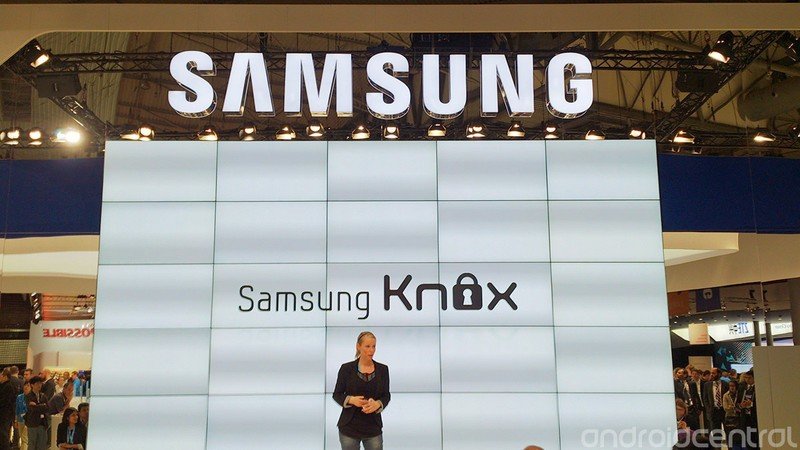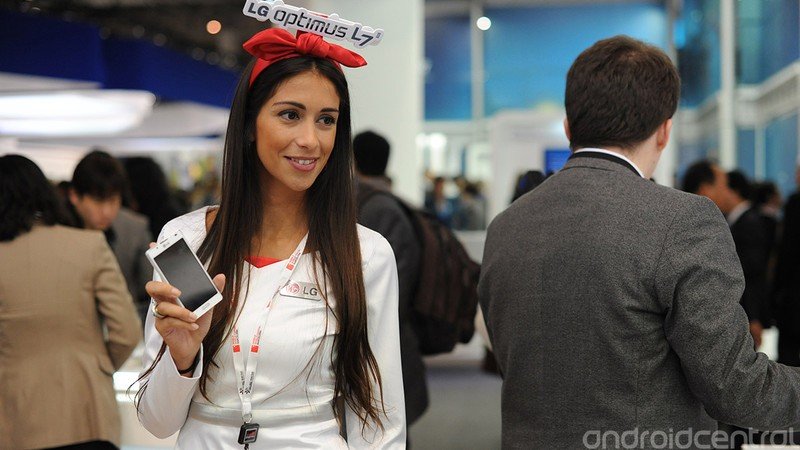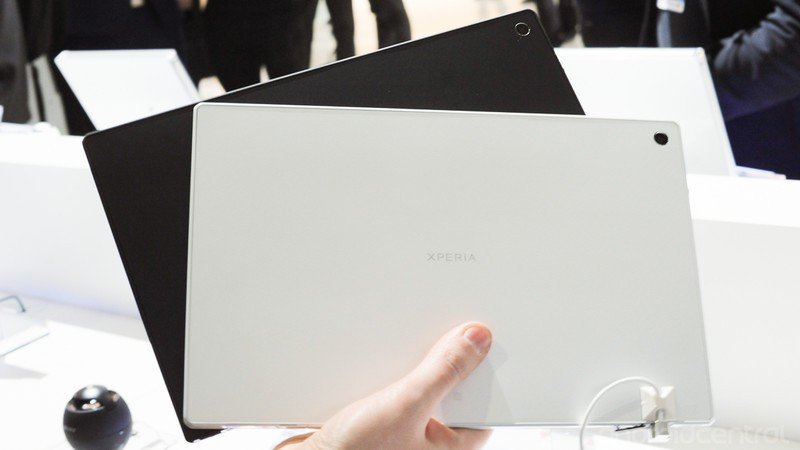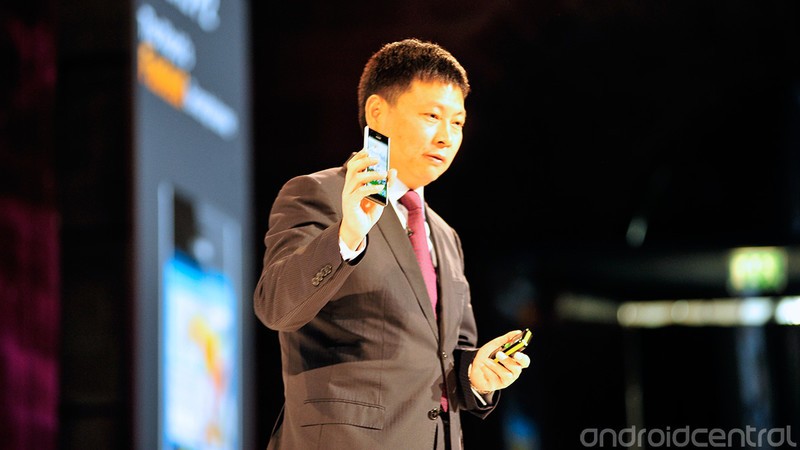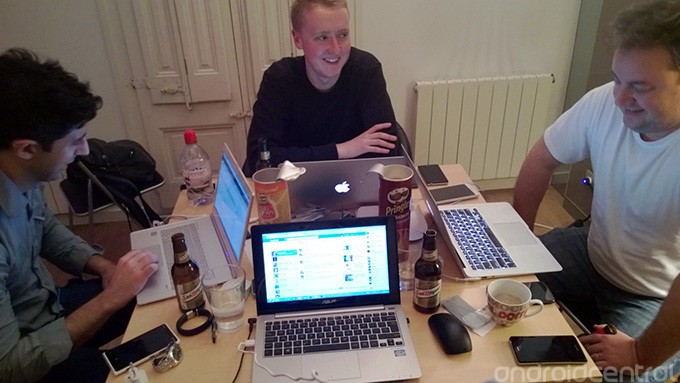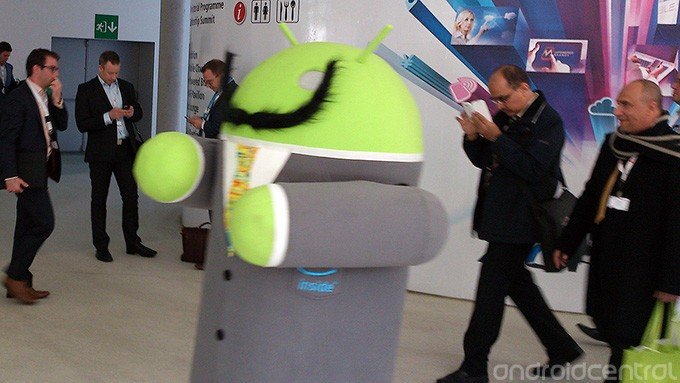Android at Mobile World Congress 2013 wrap-up
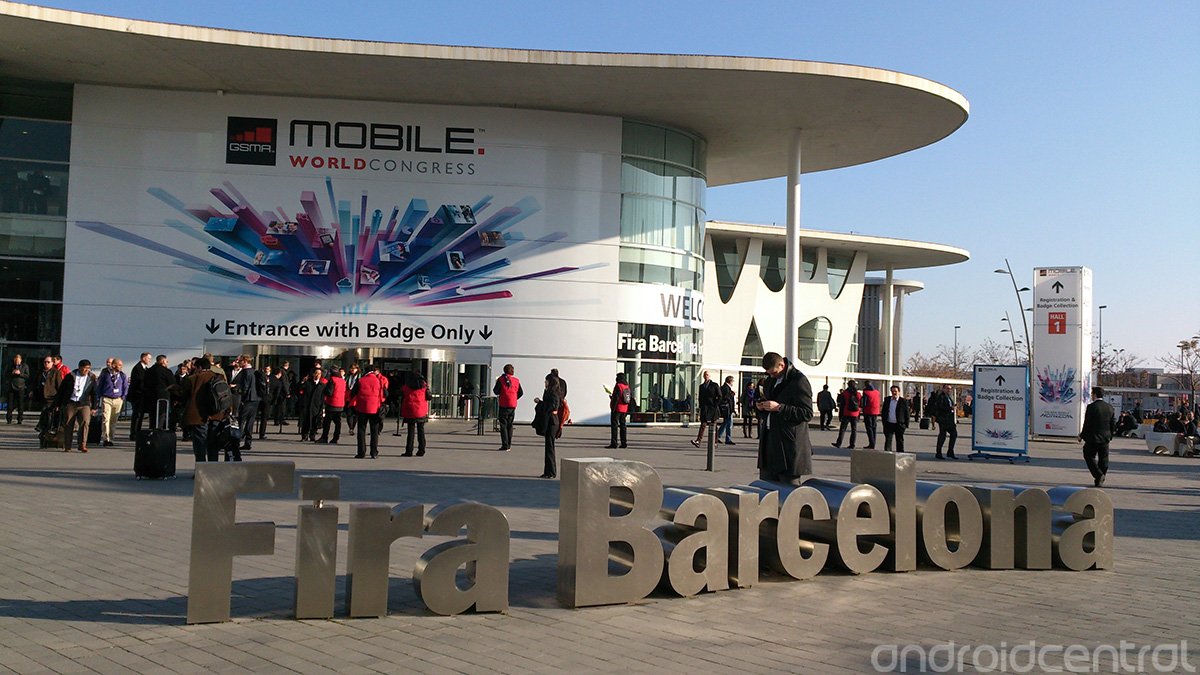
Like CES a month ago, this year’s Mobile World Congress was lighter than usual on major Android announcements. HTC did its thing in London and New York a week before; Samsung’s got its big event planned for Mar. 14. And the Android manufacturers who were present skipped a couple of the major devices we had expected to see at the show.
So what we were left with was a scrappier show than usual, though one that still gave us a good deal to talk about. In place of our usual international roundup this week, we’re going to look back over the past week in Barcelona and highlight some of the major Android developments.
Join us after the break, won’t you?
A new Fira
Mobile World Congress got a new venue in 2013. This year’s show was held at the newly-constructed Fira Gran Via further out of central Barcelona, while previous years’ had taken place at the Fira Montjuic on the Plaça Espanya. The new Fira is certainly bigger, more streamlined and better equipped. It’s easier to get around, has bigger press rooms, better Wifi and more places to eat. But we couldn’t help but miss our old MWC stomping grounds, overlooked by Montjuic Castle and offering a pretty spectacular view of the city from some of the higher halls.
Samsung
Samsung wheeled out its big new device a couple of days before the show officially got underway. The Galaxy Note 8.0, long rumored and extensively leaked, made its debut on Saturday evening. It's an 8-inch tablet powered by Galaxy Note 2 internals, and it drew praise for its thin chassis, as well as new S Pen tweaks and software enhancements including Peel TV support and a dedicated reading mode. Ultimately, though, the Note 8 is just a big Note 2, and if you’ve used that device (or its smaller sibling, the Galaxy S3) you’ll know exactly what to expect here.
We were also pleasantly surprised by the Samsung Homesync -- an Android-based TV streaming box running TouchWiz with a fully-certified Google Play app suite. The company also boosted its enterprise credentials with its new "Knox" security system for BYOD.
But at this point we’re eager to learn more about what’s new from Samsung, which leads us to the company’s other big announcement of the past week. On Monday morning we started to receive our invites to Samsung’s Galaxy S4 launch event in New York City, and that’s where Samsung’s 2013 story will really begin. We still know very little about Sammy’s next big thing, but we’ll be on the ground in NYC in a couple of weeks to find out what’s up with the S4.
Get the latest news from Android Central, your trusted companion in the world of Android
It’s telling that the biggest Samsung buzz at MWC was around a device that wasn’t even there. On the phone side, the most interesting product on show was probably the Galaxy Grand -- a mid-range 5-incher with a dual-SIM option. Notably absent from the Samsung stable was the Galaxy Tab 3 series. That too had been rumored -- we were supposedly due to see a re-vamped Tab line with a Nexus 10-level screen. But that wasn’t to be, and we’re left wondering what the future holds for the Galaxy Tab in a Samsung tablet world dominated by Notes.
LG
As was the case last year, we already knew what LG was going to bring to Barcelona, and we got exactly what we were expecting -- the 5.5-inch Optimus G Pro and the mid-range Optimus L II series. The cumbersomely-named Optimus L3 II, L5 II and L7 II aren’t particularly exciting to smartphone nerds, but they should be staple LG phones for Europe and parts of Asia, just as the original L series was. (We were actually surprised how many of these things lined the walls of Spanish carrier stores.)
At a dinner on Monday night LG gave Phil a Korean-model Optimus G Pro to try out, and this became his go-to device for the rest of the week. Despite looking like the Galaxy Note 2’s evil twin, the G Pro is a very impressive device in its own right. A 1080p screen really comes into its own on a phone of this size, and the speed of the Snapdragon 600 SoC was clear to see too. The Optimus G Pro was also the first non-Nexus device to be able to create "Photosphere" 360-degree panoramas, though LG’s “VR Panorama” feature. The UI is a little different, but the resulting images can be uploaded to Google+ just the same as shots created on the Nexus 4. And some of them are genuinely impressive, thanks to the phone’s superior 13-megapixel camera.
Sony and NFC
Sony didn’t drop the mid-range Xperia SP on us as we’d been expecting. In fact, the company held a press conference on Sunday morning which it used to reveal a tablet it’d already announced in Japan a month earlier. But we did get our first chance to play with the device in question, the Xperia Tablet Z. And it’s actually a really nice 10-inch tablet based on the Xperia Z design. The problem? It’s a 10-inch Android tablet, and people simply aren’t buying 10-inch Android tablets. Sony: make an 8-inch version, then we’ll talk.
On a related note, journos attending MWC were kitted out with Sony Xperia T handsets as part of the “NFC Experience” taking place at and around the show. The T has recently been updated to Android 4.1 Jelly Bean, addressing some of the battery issues and software lag we complained about in our review, while inheriting some features from the just-launched Xperia Z, like an improved camera app. It’s a better phone now than it was then, but we have to wonder if it’s too little, too late for this handset.
On the NFC side, there were various apps pre-loaded onto the phone, including an NFC pass app for the show itself and an NFC gift app. We didn’t have a whole lot of luck with the gift app, which requires you to request a special NFC card from venue staff (for example, a waiter at a restaurant), scan it with your phone, show the staffer the item and then remember to claim your prize when you’re done. On the Mobile Nations team’s last night in Barcelona, WPCentral’s Jay Bennett managed to navigate through most of this convoluted process, but still managed to leave the restaurant prizeless.
And the NFC pass app wasn’t much better. The problem here is that MWC attendee badges are already NFC-enabled, and pulling out your passport at entry for the required ID check is often easier than unlocking a phone, loading an app and navigating to the right area. The NFC experience certainly got people talking (perhaps largely due to the promise of free phones) but the practical benefits on the ground were few and far between.
Huawei
Huawei held its big presser on Sunday afternoon, and announced the mid-to-high-end Ascend P2. A 4.7-inch phone running Android 4.2 and its “Emotion UI,” the P2 shows Huawei’s high-end ambitions, and that was a point hammered home at every opportunity by Huaweu Device boss Richard Yu and marketing director Amy Lou.
Whether it’s through camera technology, battery size, custom CPUs or software tweaks to improve battery life, Huawei is seeking every advantage to push into the high-end space. Huawei’s phones (and presentations) might be lacking the pizzazz of its larger rivals, but the company seems intent on edging its way into the high-end smartphone market by sheer force of will.
ASUS
Speaking of pizzazz, ASUS’ charismatic chairman Jonney Shih took to the stage on Sunday afternoon to unveil new cloud computing services and two new Android devices -- the Padfone Infinity and Fonepad. (If you’ve not yet watched the presentation, you should at last check out the barking mad introductory segment.)
The Fonepad is a budget tablet with smartphone ambitions -- a 7-inch Nexus-7- like device powered by an Intel CPU, running Android 4.1 Jelly Bean. As we’ve already said, as a budget tablet it kinda makes sense, but the phone side of the equation seems horribly misguided. As we discussed on our podcast, consumers don’t want a 7-inch phone, especially not when it’s sporting a tablet-sized bezel.
We came away more impressed with the Padfone Infinity, largely due to its speed and build quality. However the case for a dockable smartphone/tablet hybrid is as difficult to make today as it was a year ago when ASUS brought us the original Padfone. And with a 999 Euro price tag, you could easily buy a high-end smartphone and a retina iPad for the amount ASUS is asking for the Padfone Infinity. At this point, we’re hoping ASUS comes to its senses and makes a smartphone that’s just a smartphone, with no gimmicks attached.
ZTE
Aside from a Firefox-powered phone for emerging markets, but big announcement for ZTE -- both literally and figuratively -- was the Grand Memo, a 5.7-inch Android phone aimed squarely at the large form factor phone market. The Grand Memo is the first phone to be announced with Qualcomm's Snapdragon 800 CPU, but the phones on the show floor weren't running this CPU. Instead ZTE reps told us there'd be several versions of the device, each with different specs. Most of the devices on the show floor were fitted with Snapdragon S4 Pro SoCs. It's clearly early days for the Grand Memo -- the software on the demo units wasn't fully stable, and the UI looks like it needs a bit of polishing up.
But ZTE, like local rival Huawei, is set on pushing into the high-end smartphone space. And if it can deliver real hardware running a Snapdragon 800 within the promised launch window, that might be a good start.
Mobile Nations Podcasts
On Sunday, Monday and Tuesday evenings we rounded up the entire Mobile Nations MWC gang -- myself, Phil Nickinson, Daniel Rubino and Jay Bennett for some spontaneous podcasting action. If you missed any of them, catch up below --
- Day zero: Galaxy Note 8, NVIDIA Tegra 4i, Kyocera Torque, HP Slate 7 and Huawei Ascend P2
- Day one: ZTE and ASUS announcements, Galaxy S4 invites and the Optimus G Pro
- Day two: ASUS Fonepad and Padfone Infinity, Sony Xperia Tablet Z and LG's VR Panorama
Other bits
A few things you may have missed --
- HP launches an Android tablet, it’s kinda bad
- LG breaks Derek Kessler’s heart, buys webOS from HP
- Crazy dancing at Nokia’s MWC booth
- The YotaPhone is crazy but we love it
- NVIDIA announces Tegra 4i, the chip for smartphones, not superphones
Looking ahead
Mobile World Congress may be done for another year, but that doesn't mean the pace of Android launches is slowing down. Looking ahead, we’ve got the European HTC One launch coming up in just a couple of weeks, along with Samsung’s Galaxy S4 launch in New York. We’ll also have a full review of the Xperia Z coming in the next week or so. Stay tuned for more Android than you can shake a very large stick at in the weeks ahead!
More: Our full Mobile World Congress 2013 coverage

Alex was with Android Central for over a decade, producing written and video content for the site, and served as global Executive Editor from 2016 to 2022.

